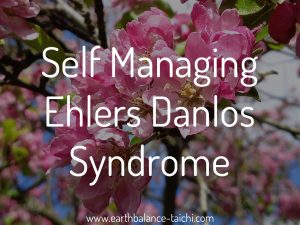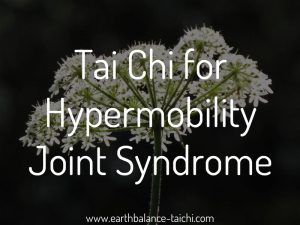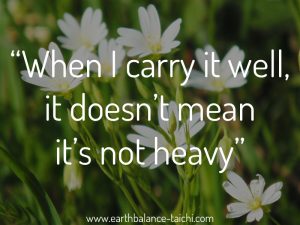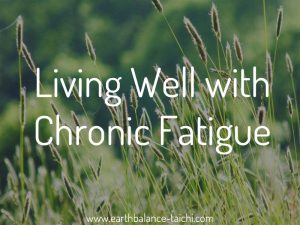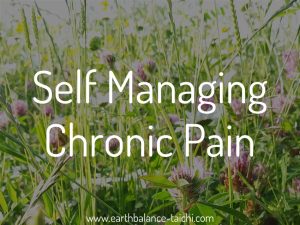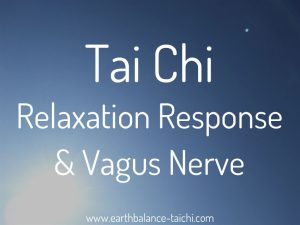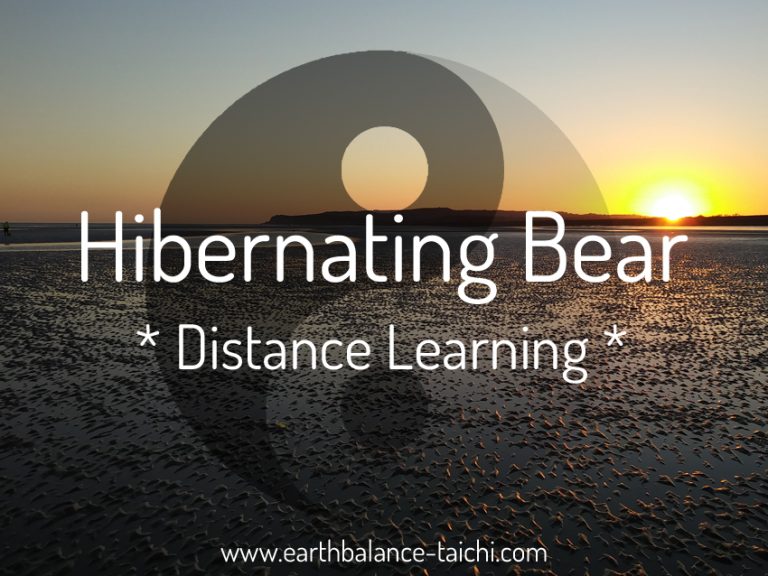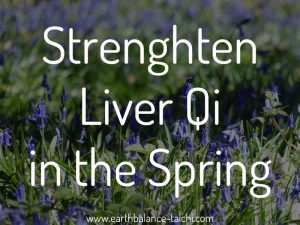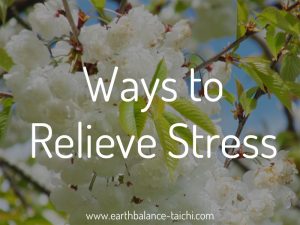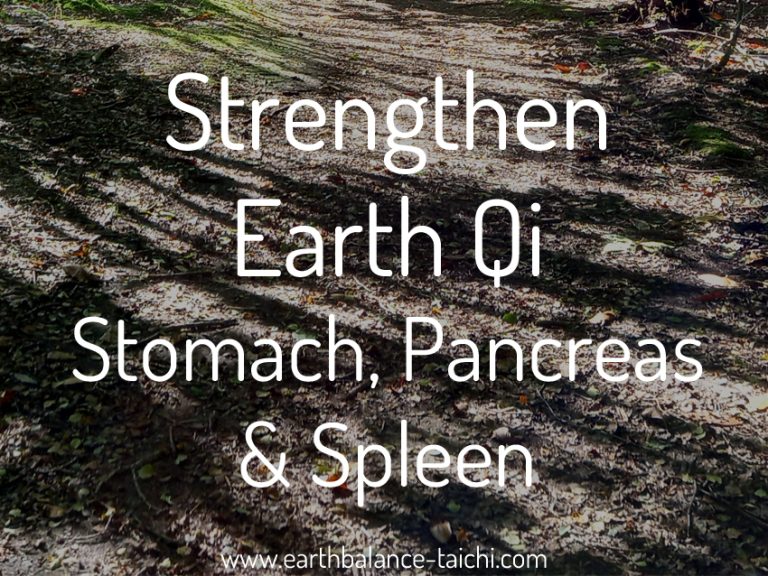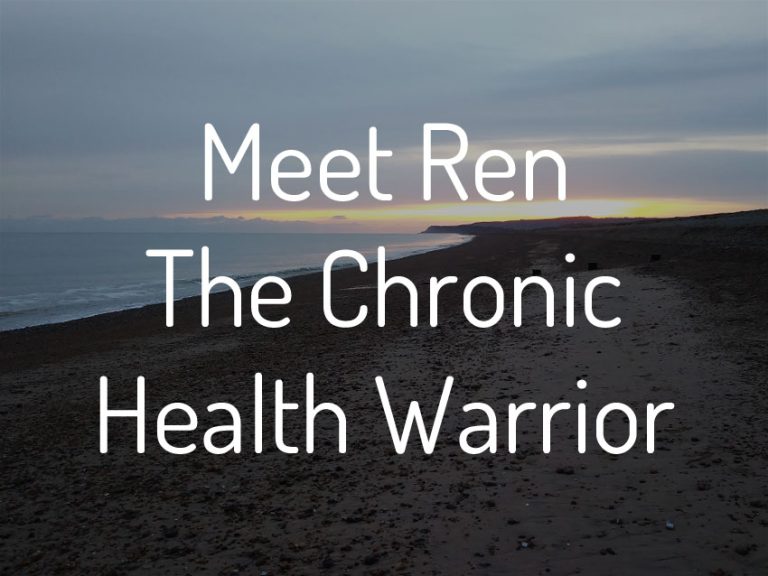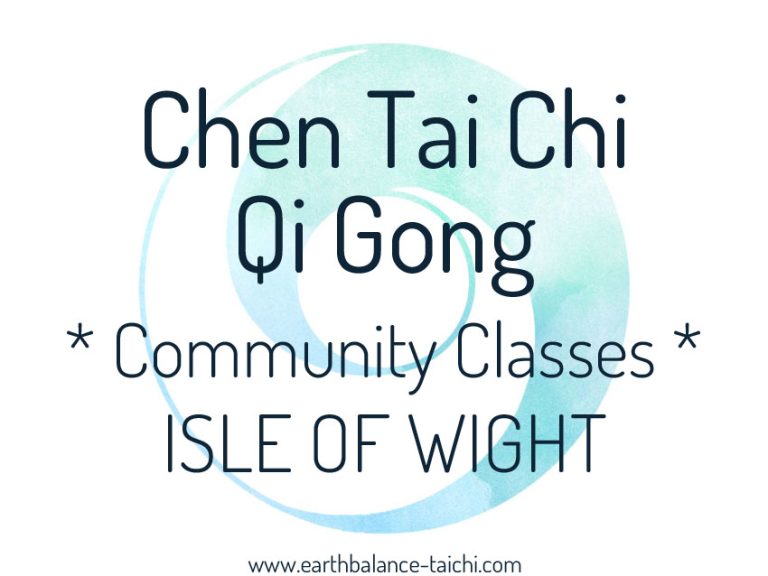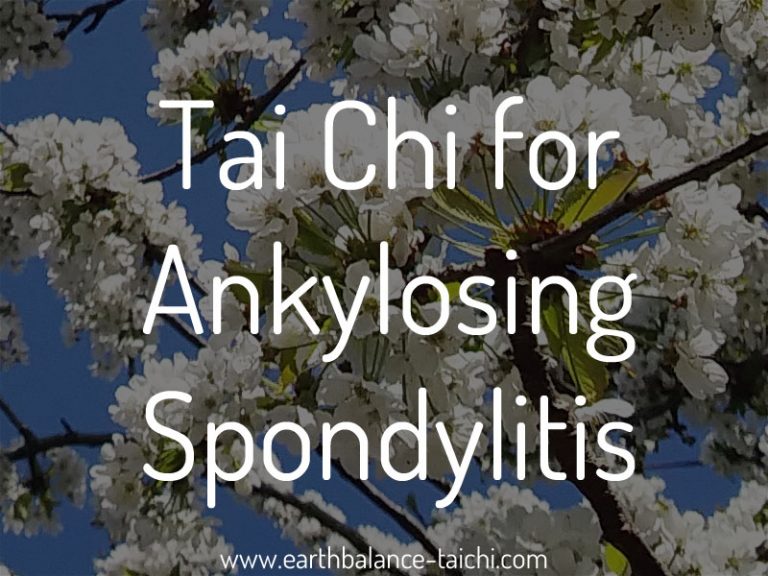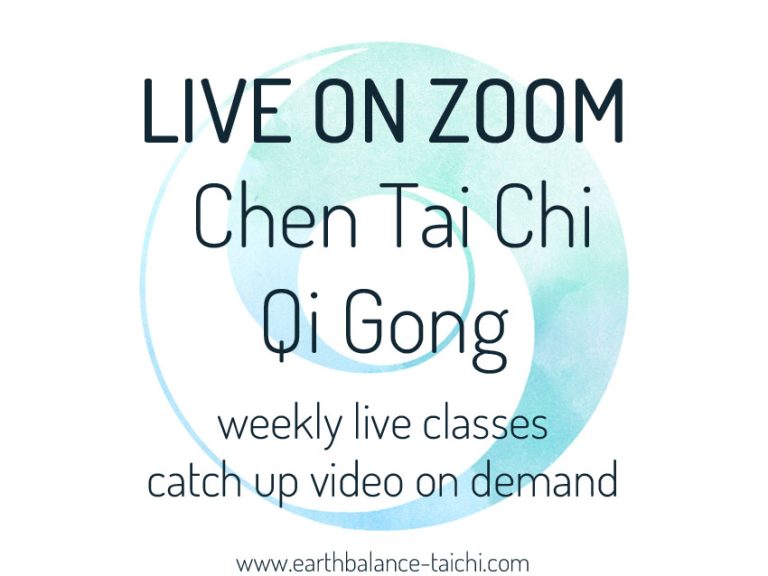Living with EDS
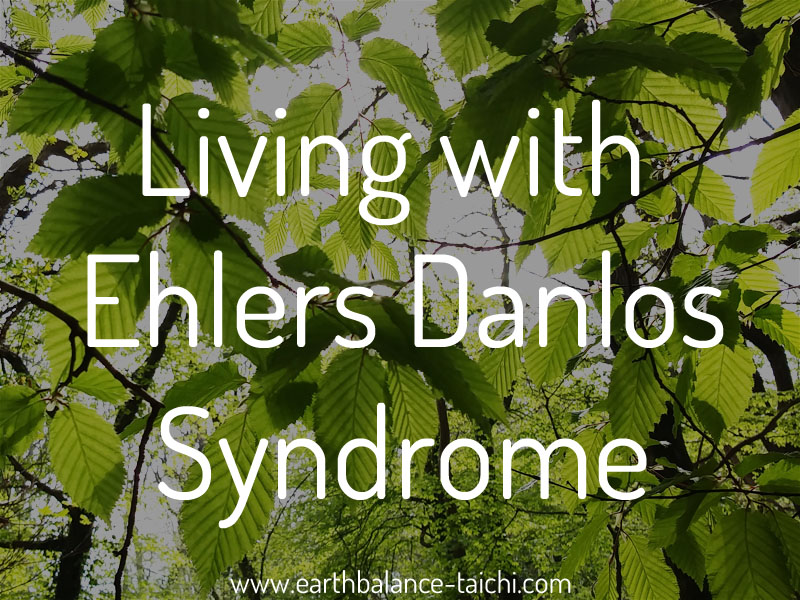
Living with EDS
"Ehlers Danlos Syndrome"
My Story by Tai Chi Instructor Nicola
During May 2014 it is Ehlers Danlos awareness month. I have written my account of living with EDS and wanted to share this with you all. Here is my story, it is a little raw and gives honest insight into what it means to live differently than the average. This story was uploaded to the Ehlers Danlos support page and was shared with their members to raise awareness of this invisible illness.
As a Tai Chi, Qigong and meditation instructor, I live with hyper-mobility EDS and use the Classical Chinese arts to help ease the symptoms of skeletal, vascular, connective tissue, digestive and urinary dysfunction. EDS is a genetic 'collagen' defect in the DNA, resulting in a physical body that is not built correctly or completely, and behaves outside of the norm. The dysfunction on a cellular level cannot be rebuilt, the whole body is affected due to poor collagen levels. This causes chronic pain, acute pain, chronic muscular contraction, loose joints, unexplained injuries, unexplained pain, skin conditions, severe allergies, intolerance of pharmaceuticals, insomnia, chronic fatigue and more. Think of the body without elastic, from the stomach, intestines, veins, joints, ligaments to skin and organs. The impact on physical, psychological and emotional health is vast. It is a daily challenge to navigate, with an ever changing unpredictable baseline.
May 2014
I was born in the mid 70's, and as a child the doctors / consultants didn't know what was wrong with me. My legs used to collapse beneath me from around the age of 9, my knee caps used to slip out and my ankles folded inwards. I experienced a lot of chronic pain and my lower body joints would swell with inflammation. As an active outdoors child this was like wearing a straight jacket. I used to love running, moving and being a free-spirited child. I was diagnosed with 'knock knees'. The consultants explained that I was born with joints, hips, knees and ankles that faced inwards rather than straight forwards. As a child I had years of physiotherapy, pain killers and strengthening exercises. I was held back from doing PE at school, yet even when walking I often collapsed as my legs gave way. I used to wear bandages around my knees to keep my knee caps in place. In my early teens there was discussion about replacing my knee caps to try to help. At the time it was suggested to wait to see what puberty would bring, the consultant said in some cases as the skeleton developed the symptoms disappear.
Puberty did change everything and my experience as a child was long forgotten, I didn't have any other health effects (or so I thought) and lived without symptoms until my 30s. I was really active in sport. I absolutely loved the freedom of human movement, being in the beautiful outdoors, taking in the natural world with all my senses and zipping around everywhere. I was a member of a triathlon club and at that time, I also started learning Tai Chi and Qigong as a way to help my body recover from endurance training. I really thought at this time, that this was how my life was to be, the sporty outdoors girl who thrives on all types of body movement.
Then suddenly overnight my world was turned upside down. Over a period of a few months, I started having problems with my legs. It started with a tear in my hamstring. The healing didn't go to plan. During a running session, my leg blew out. I found out I had torn one of my hamstring muscles. This was serious damage to my leg and from that day my life changed. My knees swelled up like balloons, both of them. I was diagnosed with bursitis. Healing was slow and something did not feel right. I had difficulty walking/moving with both acute and chronic pain.
After about six months of medical confusion and non-easing symptoms, I was diagnosed with early onset arthritis. I lived this diagnosis for a number of years, although still in confusion over how my body was acting outside of the arthritis symptoms. Over time the pain and inflammation spread to other joints, from my knees to hips, to sacrum, spine, shoulders and neck. I also started experiencing other symptoms such as sensitivity to light, noise, veins tearing in my fingers, muscles pulls and tears, acute searing muscular pain and continual muscle spasms.
I spent the next two years in a state of physical and mental crisis. I found out that I could not train any impact or weight bearing sports as whatever I tried, the symptoms kept getting worse. It was then I turned to my hobby of Tai Chi and Qigong and found, finally I could continue my love of movement, albeit much slower. I started the long journey of studying to become an instructor. My 30's have been an incredibly difficult path to walk. Degenerative health has had a huge impact on all areas of my life, not only the physical, but psychologically, emotionally, socially, financially and much more. To go through a life change of this scale has been difficult. I am a different person and spent a long time grieving for my old life and wishing I could be active and care-free once again.
Movement is very important to me as it is a large part of my self-management programme. With the right kind of movement I help to soften the edges of pain, de-stress and release some of the physical tension my body holds chronically. By improving my posture, building my leg and core strength, regulating my breath and having an increased body awareness, I am creating a good foundation to live with EDS. So here we are today, May 2014. I manage and cope as best I can, I still feel like I live in a straight-jacket physically compared to the person I am on the inside. I balance my day with stillness and movement, not reaching extremes of either. Trying to nurture my body and give it what it needs to get through the day.
When teaching Tai Chi and Qigong, I am distracted from the EDS experience. The gentle movements help me keep mobile, fluid and as relaxed as my muscles can be, without pushing them into further spasm and contraction. To know I can help teach other people how to look after their mind and body health through Tai Chi and Qigong is empowering. With my experience of EDS, I have gained enormous insight into living with a chronic syndrome. The amount of gentleness, patience and empathy this has created within me is vast. I teach students who live with varying health from Parkinson's disease, arthritis or cancer, and feel I make a positive contribution to their lives through my own very personal experience.
Update 2018
Reading back over what I wrote in 2014, what a difference four years can make. I have spent the last few years adapting to the new changes EDS has given me, working with my baseline with grace. My daily routine is muted and delicate, I have experienced a significant increase in subluxation of my joints (part dislocation), chronic pain, chronic fatigue and a variety of new symptoms, all unpredictable. Part of my journey has been to accept each stage of physical degeneration with an open heart.
I closed my school in 2016 due to a decline in my health, at that time I was no longer able to sustain teaching Tai Chi and Qigong across the West Sussex community without physical consequence. Shortly after closing my school I experienced a spine injury due to EDS and started the long journey or recovery and rebuilding. I am grateful to be able to personally continue training Tai Chi, Qigong and yoga which help me tremendously. I have learnt much more about my human body during this time and in the process how to cope with degenerative and chronic health. I now have more focused experience of the Classical Chinese arts, at a deeper level and with a greater understanding of ebb and flow. Without the frequent practice of my movement and stillness routines, I know there is a great possibility that I may no longer be walking, let alone exercising. My aim is to extend my quality of physical life to the best of my ability, to 'travel with hope' as one of my dear students once quoted.
Since injury I work with a small number of students who I teach privately online and remain passionate about sharing the movement and stillness arts with others. It has taken me this journey in health to realise I still have more to give as a teacher. This is the reality of life, it is raw, complex and beautiful. In 2018, I create the Hibernating Bear Tai Chi course, to make traditional Tai Chi and Qigong available to those living with chronic health and degenerative health, with different base lines than the norm. Designed for those who wish to be active in their health and self-care management, I have distilled my studies of the Classical Chinese arts over the last 15 years, to pass on the most effective methods for improving health and wellbeing.
Update 2020
Here we are in a new decade and I cannot remember a day without pain or fatigue. 2016 to 2018 was a difficult time for me, from this I knew my routine needed to shift. I had been struggling to keep my movement routine going as my body was changing and pain levels were increasing. Part of living with EDS is being flexible and adaptive as degeneration occurs. I changed my exercise routine at the beginning of January 2019, and through a lot of grit, I changed my pattern to daily 'recovery training', focusing on range of motion, posture correction, joint stability, strength, flexibility and conditioning using yoga, Tai Chi and Qigong. Any movement or exercise is painful and I work hard to train safely with a well aligned posture. My muscles and soft tissue are so chronically contracted, that my physical body is being strangled by an ever tightening straight-jacket. And to unravel that, to release that physical tension, it takes a lot of gentle focused deliberate movement. Some days it is impossible to work through, but I know that after my practice session I will have some level of release. There never is a time of complete release and a return to normality in the body, as each day is like ground-hog day, waking up with my straight-jacket body being too tight, it's an ongoing cycle of degeneration management. Over the last 18 months I have kept to my promise, and have found small successes with my movement routine. I have been able to manage better and the proof is found in the days when I have not been able to exercise. Within a few days I spiral quickly into pain and fatigue which is too much to handle. My new movement routine is of absolute priority now, it is what is keeping me together. Outside of my daily recovery exercise routine, I also have what I call my intellectually stimulating routines, where I train Tai Chi and Qigong in detail, just for me, working through the layers of training and developing my art.
The most challenging part is chronic fatigue, each year my capability gets smaller. It feels like my skeleton is collapsing, and my muscles and soft tissue are holding on for dear life, which is exhausting for me physically. I have to move around from sitting, to lying, to moving to standing often to stop gravity dragging my joints apart. Sometimes I do not realise how compact my life has become as I try to conserve as much energy as possible around my working life.
How do I cope? With grit is my answer. There is no cure, no treatment, no NHS support and no easy way to manage the condition. I live with EDS, but it is not me and it is not my identity. I want to thrive, for me personally it is not enough to simply survive. I am lucky to have passions that I enjoy, which are key to my physical health and mental well-being. There is no greater soother than enjoyment, enthusiasm, passion, happiness and excitement (and sunshine!). My best advice is to ignite your passion, whatever it may be as healthy distractions are a powerful tool.
Although my capacity to train and to teach is not the same as ten years ago, when I am sharing my passion I am free. There is no better feeling than knowing my experience of EDS, and my experience of teaching Tai Chi, Qigong and meditation, have all been combined and distilled to empower others to help manage their own health journey in a positive way.
There is also an upside to living with chronic and degenerative health, it makes you a different person. When someone has gone through a deconstruction and reconstruction of their life, there is a huge internal shift as everything gets stripped away, including your identity. When you re-build whilst living with and adapting to chronic and degenerative health, there is only room for the important things, which for me are; connection, simplicity, creativity and authenticity. I chose to live a warm-hearted life.
Click the links for information on Tai Chi and Qigong for hypermobility joint syndrome and Ehlers Danlos syndrome.
Where can you study Hibernating Bear?
Please speak with your doctor prior to starting a new exercise programme. This article is for information purposes only and must not be taken as medical advice.
